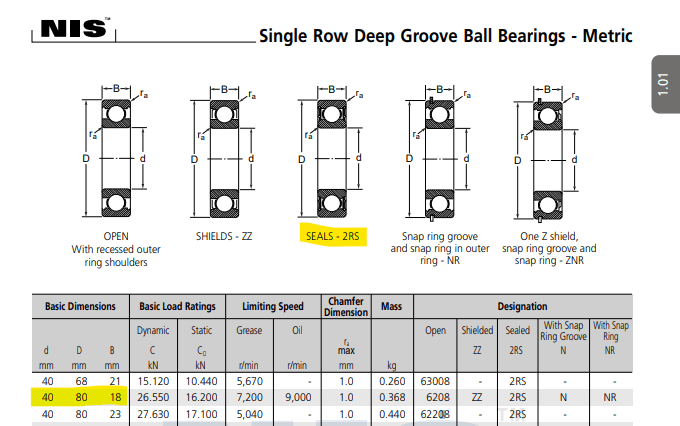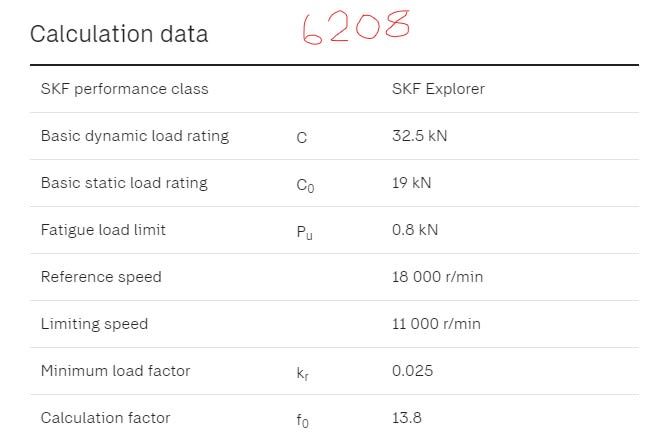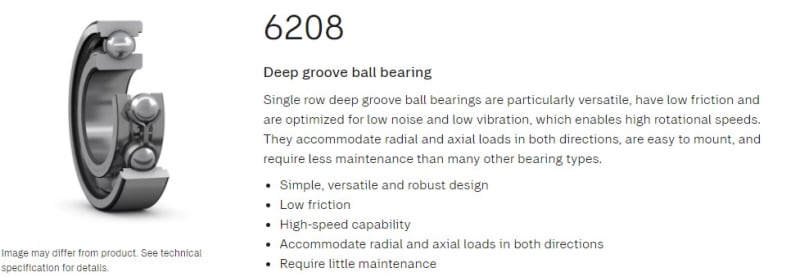dawz
Mechanical
- Feb 26, 2024
- 23
Dear engineers,
I have a failed bearing case but I was scratching my head on the cause of this. Bearing is a 62082RS Deep Groove ball bearing.
Design background: Bearing was used in a scissor lift for a rubber track carrier transporter. on each side, it has 2 bearings stacked together. I got the report that one of the bearings was toast. When it was brought back, the outer ring and bearing balls were missing. inspection on the inner ring looks mint to my naked eye, but when zoomed in with a camera, it seems like a pit on the inner ring but I need sharp eyes and opinion. My only thought was that this is due to misalignment, or the bearing was twisted out. The bearing race seems to have an inner dent at 12 o'clock, and stretched cage at 5 and 7 o'clock. the entire bearing race seemed "curved".
Appreciate your input.
-Dawson

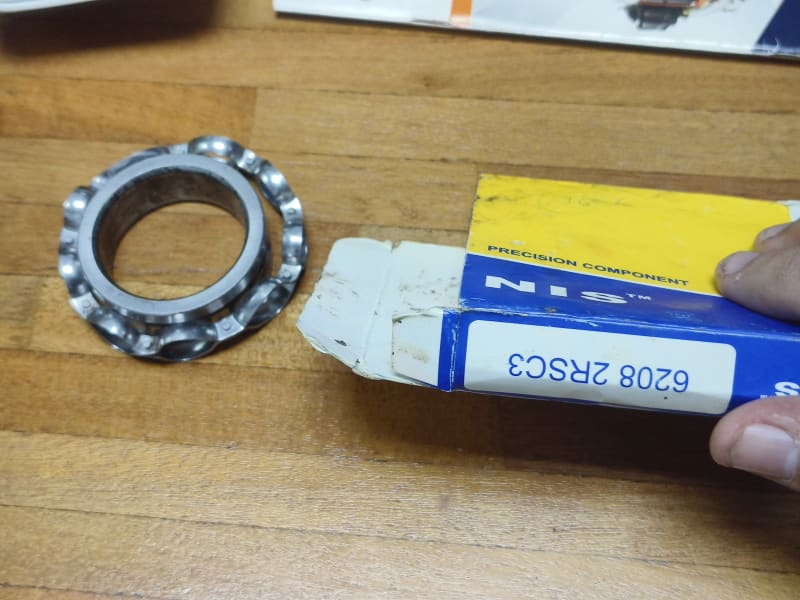
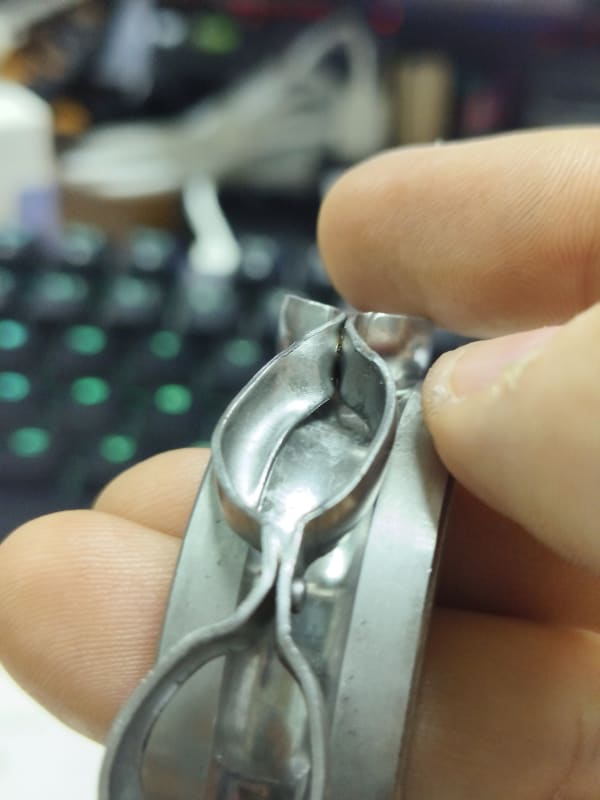
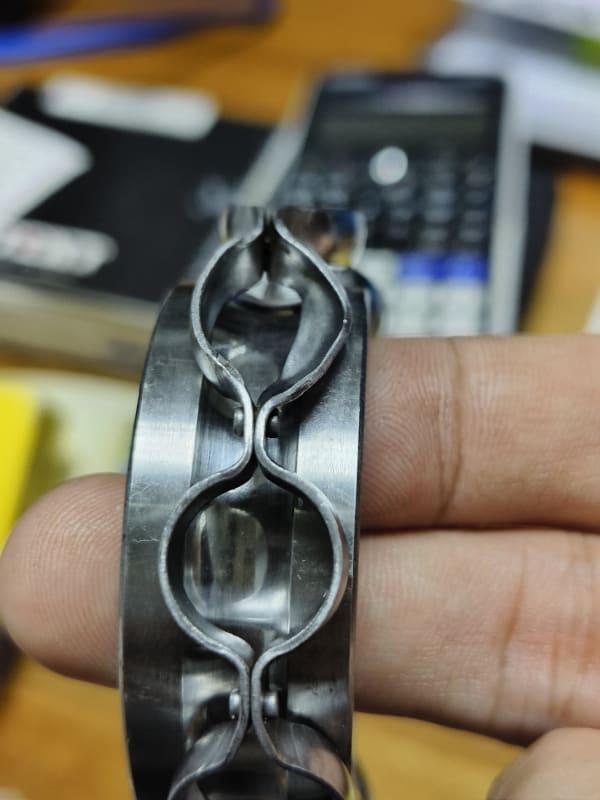
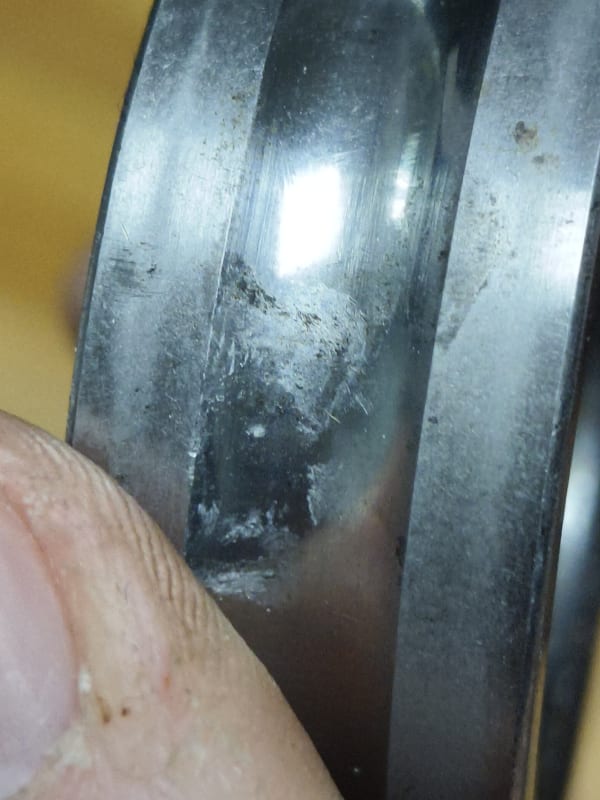
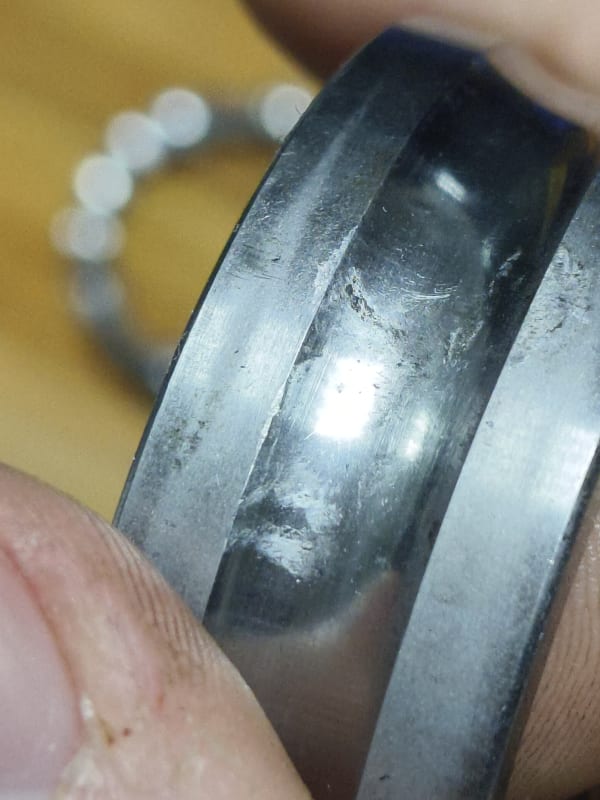
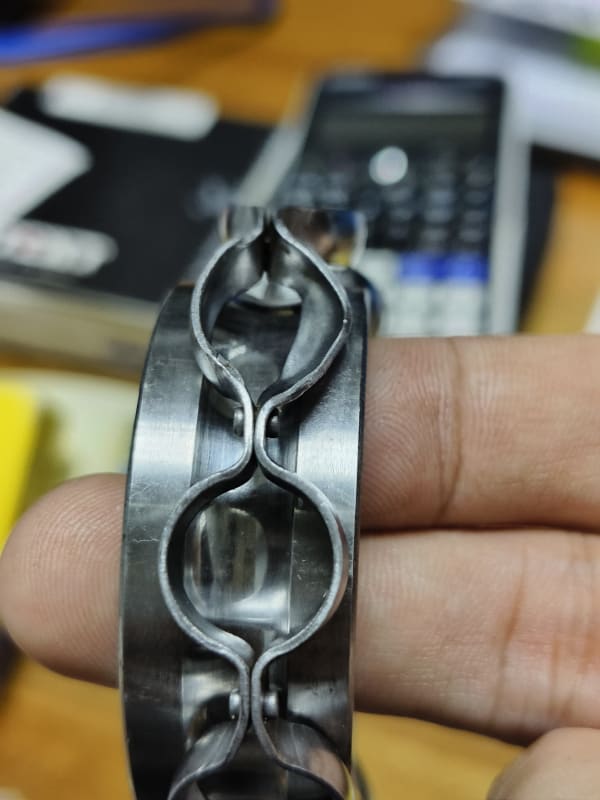
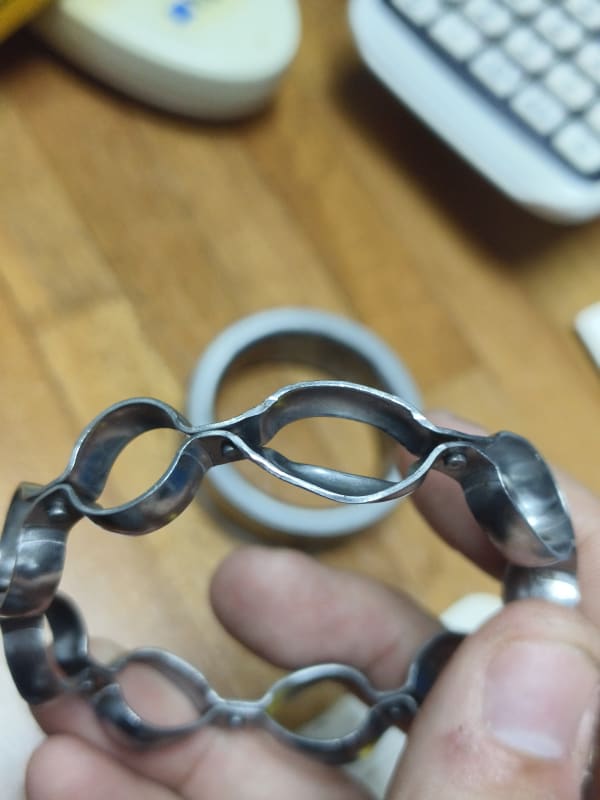
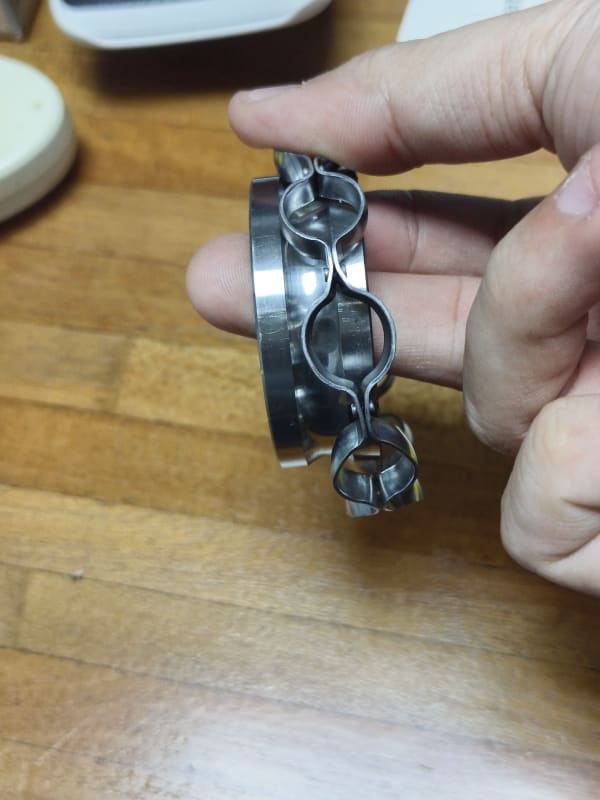
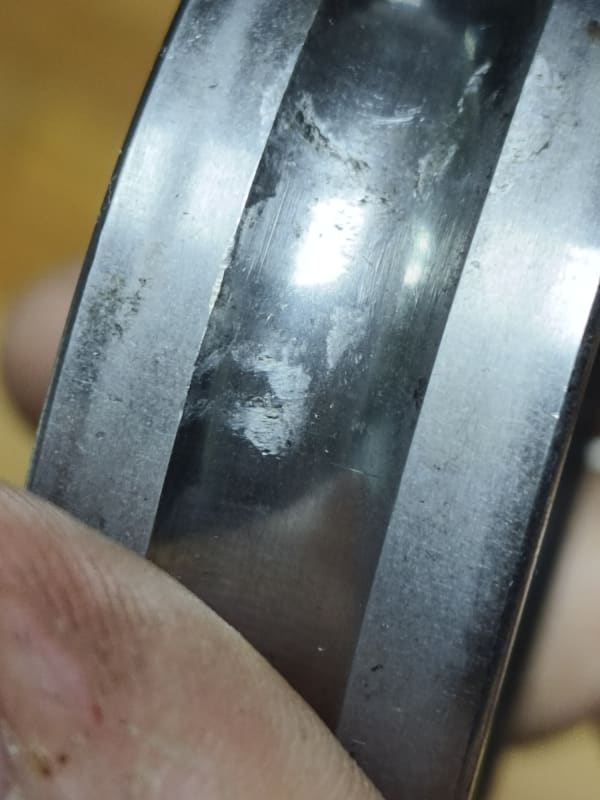
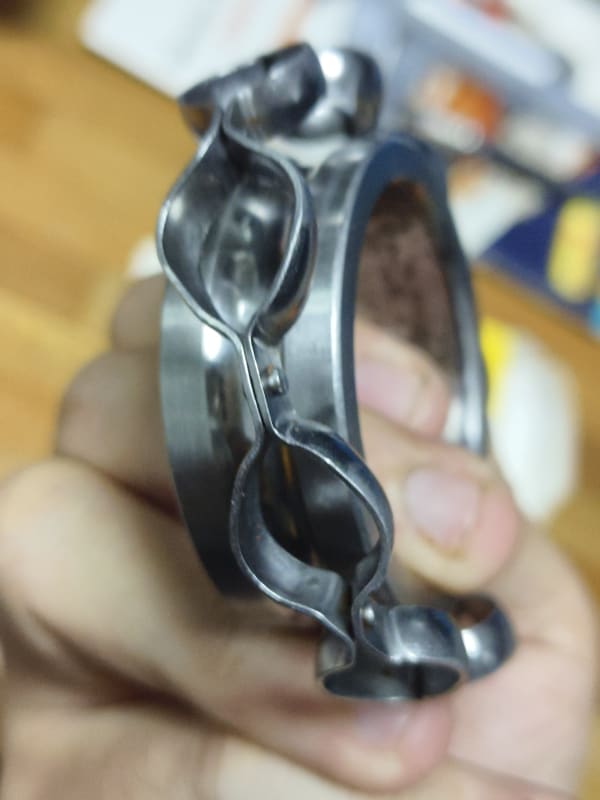
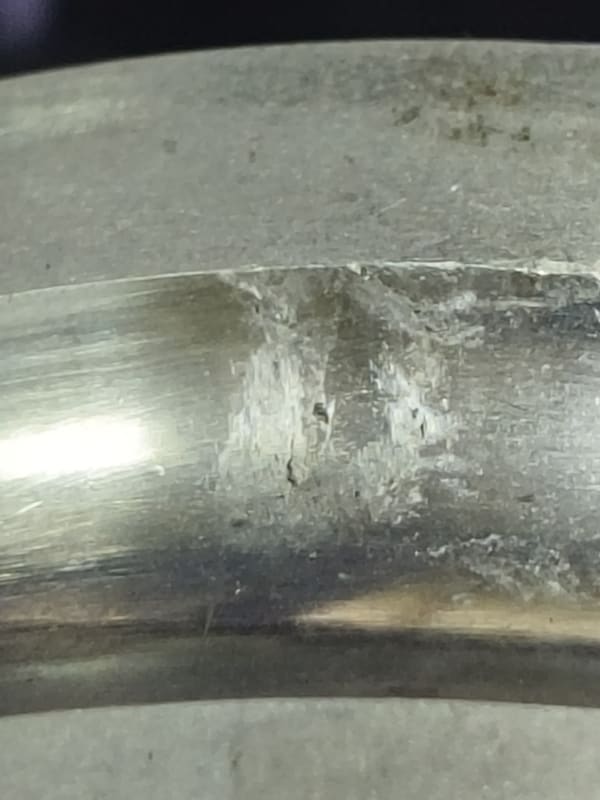
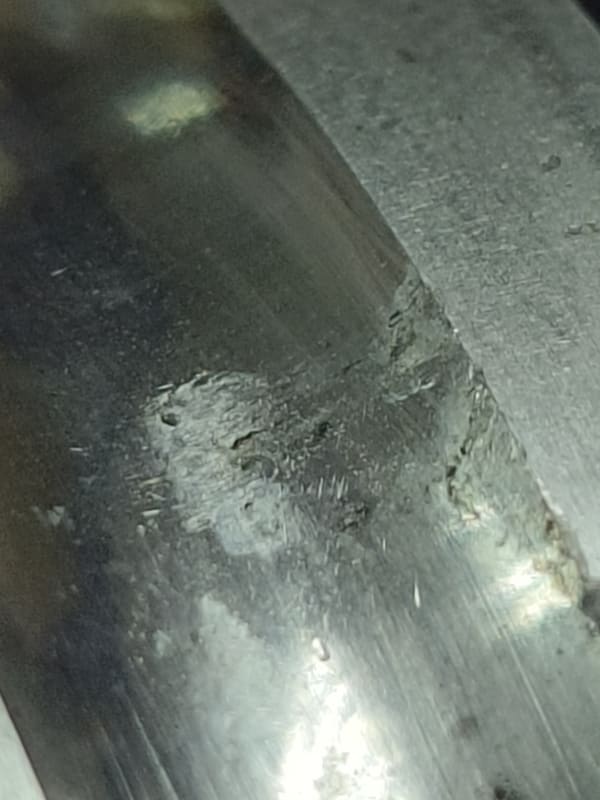


I have a failed bearing case but I was scratching my head on the cause of this. Bearing is a 62082RS Deep Groove ball bearing.
Design background: Bearing was used in a scissor lift for a rubber track carrier transporter. on each side, it has 2 bearings stacked together. I got the report that one of the bearings was toast. When it was brought back, the outer ring and bearing balls were missing. inspection on the inner ring looks mint to my naked eye, but when zoomed in with a camera, it seems like a pit on the inner ring but I need sharp eyes and opinion. My only thought was that this is due to misalignment, or the bearing was twisted out. The bearing race seems to have an inner dent at 12 o'clock, and stretched cage at 5 and 7 o'clock. the entire bearing race seemed "curved".
Appreciate your input.
-Dawson
















